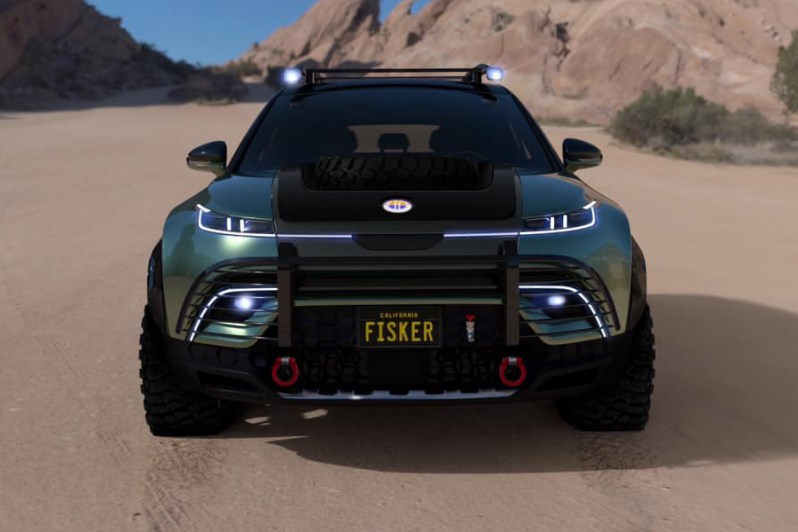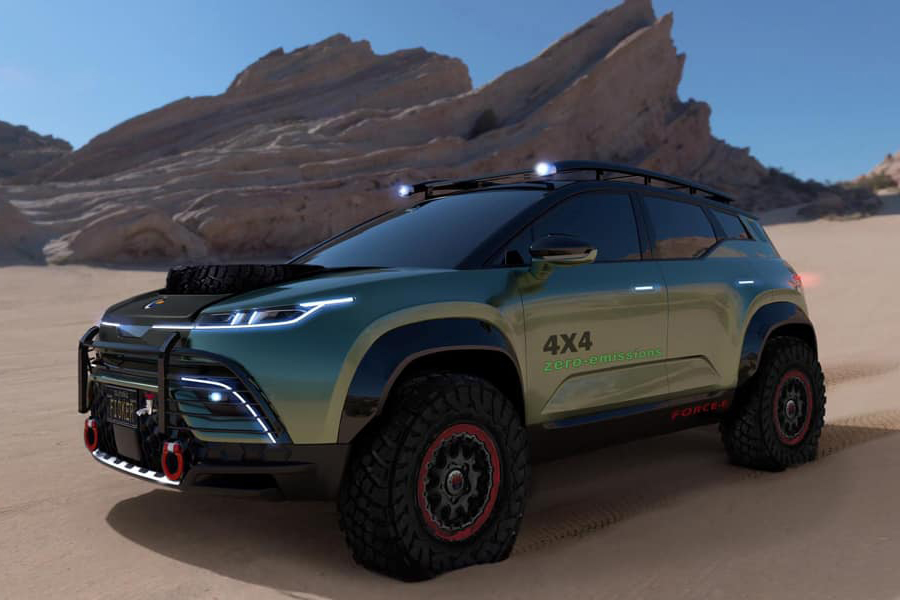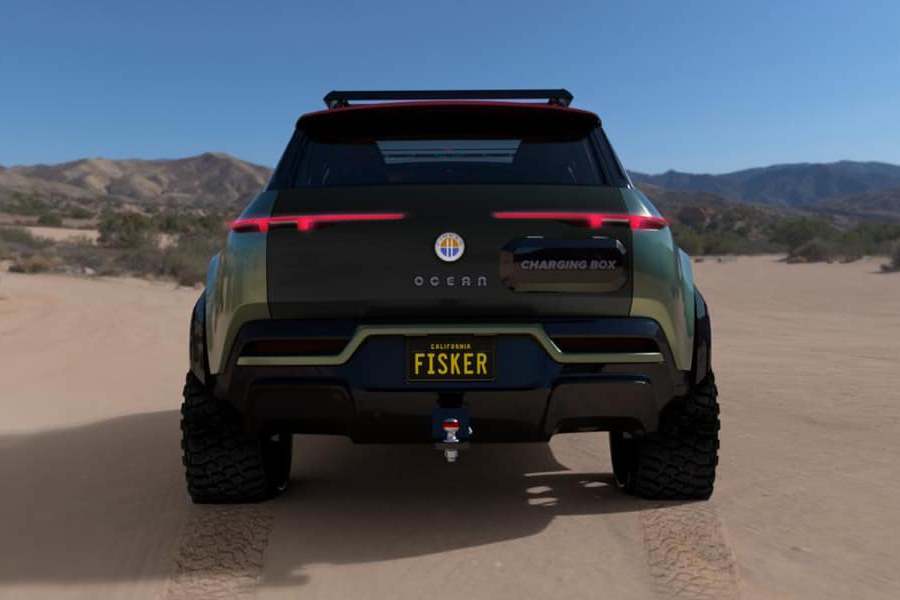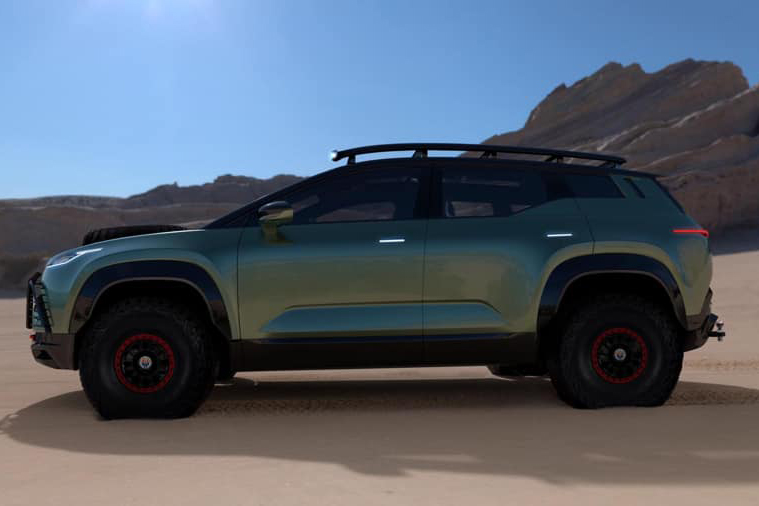The auto industry is deep into the electric vehicle (EV) revolution with the likes of Tesla and Rivian leading the charge (pun intended). As battery technology continues to evolve, manufacturers are looking beyond the limited range of most current EVs. In a few short years, all-electric, zero-emission overlanding could be a very real possibility.

The Fisker Ocean Force-E (as in “force electric”) builds on Fisker’s forthcoming all-electric Ocean SUV. The upgraded trim is billed as a rugged, go-anywhere variant targeted at military and emergency services. Though currently just a concept, the company’s founder, Henrik Fisker, is touting a long list of overlanding-friendly features. He promises an AWD-only configuration with “large amounts of torque” and a minimum of 300 horsepower with subsequent high-performance variations in development. The Force-E will ride on an upgraded, lifted suspension and beefy, all-terrain beadlock tires with heavy-duty wheels. The concept photos hint at the Force-E’s ability to carry a full-size spare tire in a recessed hood panel. This frees up other points on the car like the roof or rear tailgate for additional storage.
Other off-road-centric essentials could include rally lighting, integrated tow hooks for easy recovery, a brush bar, and hardened skid plates. The vehicle is being designed as a “basecamp” of sorts. The lack of a traditional gas engine under the hood provides adequate room for a large drinking water reservoir with a tap near the lower front bumper. Plus, the rear hatch could house a full toolbox and a substantial auxiliary battery pack for powering gear off-grid or providing other electric vehicles with a jumpstart.
Over the last decade, Fisker has been surrounded by the same drama and tall promises that have plagued its competition. Henrik Fisker launched his eponymous brand in 2013, but it has struggled to get off the ground since. In 2017, Fisker announced “breakthrough” battery technology with one-minute charging and a 500-mile range for electric cars. A year later, it touted the alleged debut of the Fisker EMotion all-electric sport sedan with a promise to run for 400 miles on a single charge. As far as anyone can tell, however, the company has yet to move any of its concepts into full-scale production. So, the future — or not — of the Fisker Ocean remains to be seen.
Fisker has yet to announce pricing for the Ocean Force-E. However, the base Fisker Ocean officially starts at $37,499 (less than $30,000 with potential federal tax credits) with a scheduled debut sometime in late 2021.
If Fisker’s vision of a rugged, all-electric truck isn’t sexy enough for you, Tesla is still accepting pre-orders for its dramatic Cybertruck.






